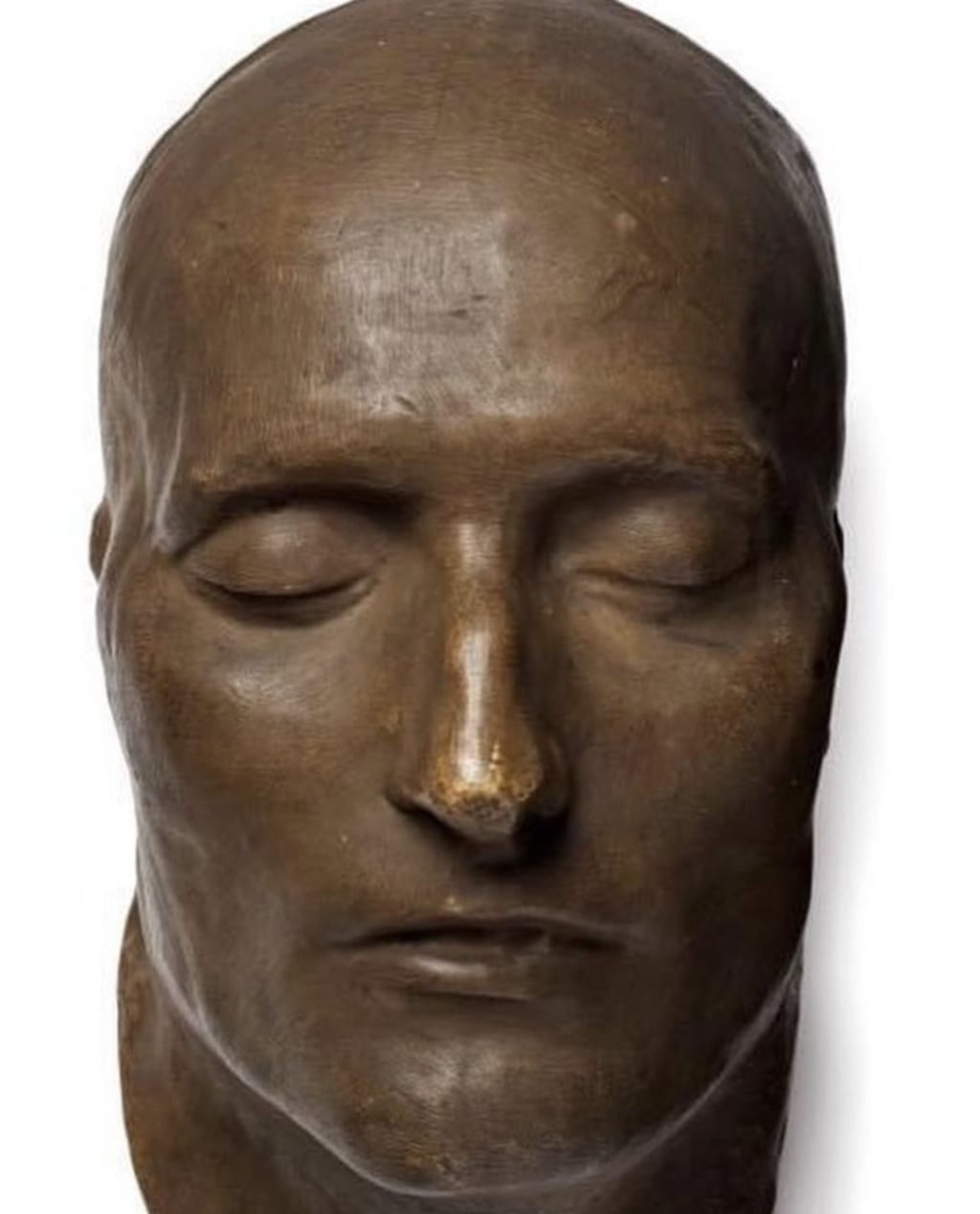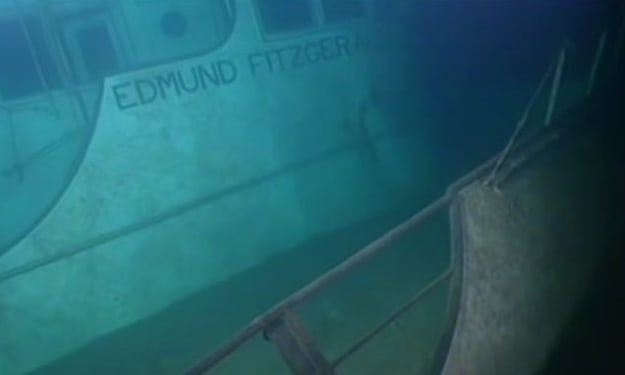The Enigma of Napoleon's Death Mask: A Legacy Cast in Bronze
The death mask

In the annals of history, few figures loom as large as Napoleon Bonaparte. His life, marked by extraordinary military prowess and political acumen, has been the subject of countless books, films, and scholarly studies. Yet, even in death, Napoleon continues to captivate the imagination. One of the most intriguing artifacts associated with his legacy is his death mask—a bronze cast that embodies the enigmatic aura of the fallen emperor. This mask, created just hours after his demise, encapsulates the blend of tradition, mystery, and controversy that surrounds its origins and subsequent history.
The Tradition of Death Masks
The practice of creating death masks dates back to ancient times, serving as a means to preserve the visage of the deceased. By the 19th century, it had become customary to cast the death masks of prominent leaders and notable figures. These masks were not merely memorials but also served as historical records, capturing the facial features of the deceased with a level of detail that no portrait or painting could achieve.
For Napoleon, whose life was steeped in grandeur and historical significance, it was almost inevitable that a death mask would be created. Following his death on May 5, 1821, on the remote island of Saint Helena, a mixture of wax or plaster was applied to his face. This was done approximately 40 hours after his death, ensuring that the features were accurately preserved before decomposition could alter his appearance.
The Creation of the Mask
The process of making Napoleon’s death mask was intricate and required considerable skill. Initially, a layer of wax or plaster was carefully applied to his face. Once it solidified, it was gently removed, capturing an impression of his features. This impression, or mold, served as the template for subsequent casts.
The original mold created from Napoleon’s face holds a particular mystique. It is from this mold that bronze casts, and other replicas were made, allowing for widespread distribution and enduring the legacy of the emperor’s likeness. However, the fate of this original mold is shrouded in mystery and controversy, adding an element of intrigue to the story.
The Mystery of the Original Cast
The origins and current location of the original mold used to create Napoleon's death mask are subjects of ongoing debate. Various accounts provide conflicting information about who made the original cast and what happened to it afterward.
One prominent figure associated with the creation of the mask is Dr. Francis Burton, a British surgeon who attended to Napoleon during his final days. According to some sources, Dr. Burton was responsible for making the original mold. However, others argue that it was Dr. Antommarchi, Napoleon's personal physician, who took on this task. This discrepancy has fueled speculation and debate among historians and enthusiasts.
Further complicating matters is the question of what became of the original mold after it was created. Some accounts suggest that it was taken to England, while others claim it remained in France. There are also stories of the mold being lost, stolen, or destroyed, each adding a layer of intrigue to the artifact's history.
The Bronze Casts and Their Distribution
Despite the uncertainty surrounding the original mold, it is known that several bronze casts of Napoleon's death mask were made. These casts have found their way into museums, private collections, and historical institutions around the world, each serving as a tangible link to the emperor's final moments.
One of the most well-known bronze casts is housed in the Musée de l'Armée in Paris, where it is displayed alongside other artifacts from Napoleon’s life. This cast, like others, was made by pouring molten bronze into a mold created from the original impression. The result is a highly detailed and enduring representation of Napoleon's face, preserved for posterity.
Other notable casts can be found in institutions such as the British Museum and the Smithsonian Institution, each contributing to the global fascination with Napoleon and his legacy. These casts, while originating from the same initial mold, have their own unique stories and paths of acquisition, further adding to the mystique surrounding the death mask.
Controversies and Debates
The controversy surrounding Napoleon’s death mask extends beyond the mystery of the original mold. Debates have arisen regarding the authenticity of certain casts, with some historians and collectors questioning whether specific masks are genuine or modern reproductions. These debates are fueled by the proliferation of replicas made over the years, some of which have been passed off as originals.
Moreover, the significance of the death mask itself has been a topic of discussion. For some, the mask is a powerful symbol of Napoleon's enduring legacy, capturing his visage at the moment of his passing. For others, it is a morbid reminder of the emperor's mortality and the transient nature of power and glory.
The Legacy of the Mask
Despite the mysteries and controversies, Napoleon's death mask remains a poignant and powerful artifact. It serves as a bridge between the past and present, offering a direct and intimate connection to one of history's most iconic figures. The mask’s creation, shrouded in mystery and intrigue, mirrors the complexities of Napoleon's own life—a life marked by ambition, conquest, and an enduring legacy.
As we gaze upon the bronze cast of Napoleon's face, we are reminded of the emperor's extraordinary journey and the indelible mark he left on history. The mask, with its finely detailed features, allows us to see Napoleon not as a distant historical figure, but as a man whose life and death continue to resonate through the ages.
About the Creator
Enjoyed the story? Support the Creator.
Subscribe for free to receive all their stories in your feed. You could also pledge your support or give them a one-off tip, letting them know you appreciate their work.






Comments
There are no comments for this story
Be the first to respond and start the conversation.